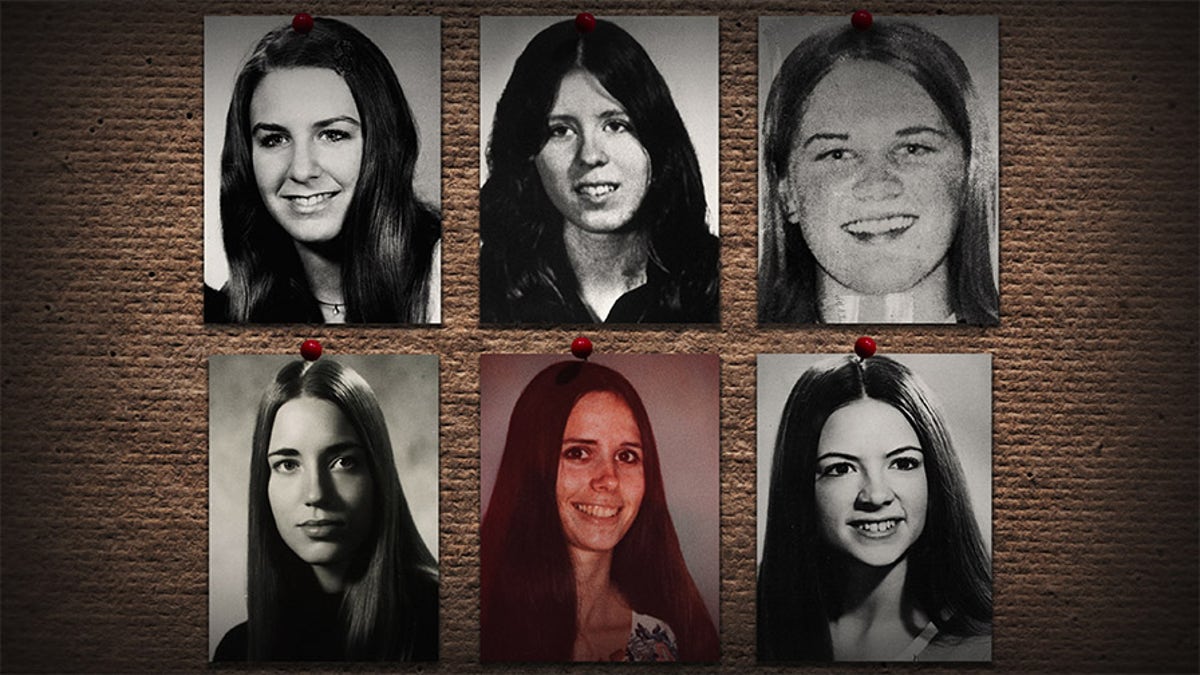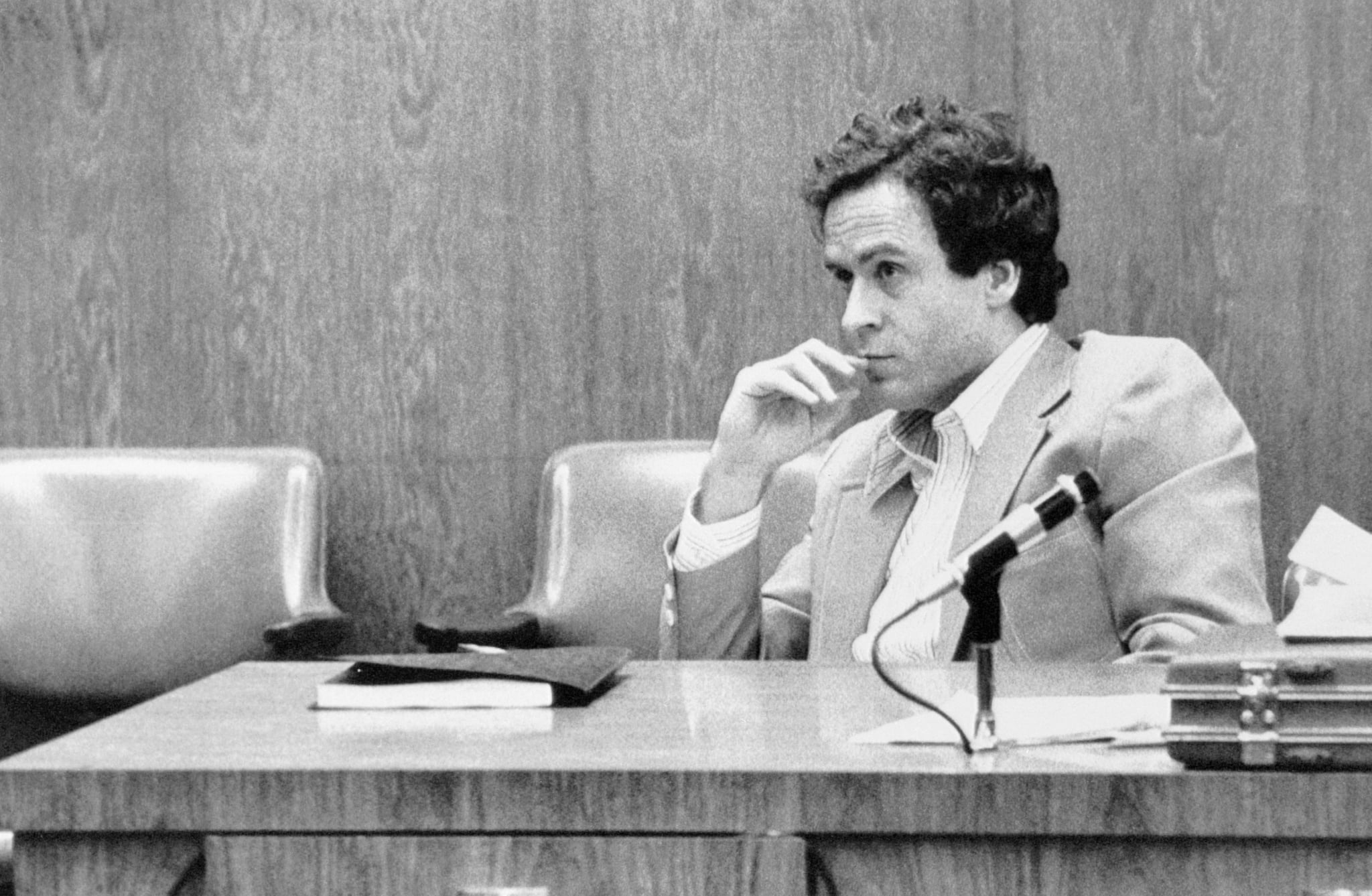Ted Bundy: The Dark Truth Behind How Many Victims He Claimed
Ted Bundy is a name that sends chills down the spine of anyone who knows about his dark legacy. The infamous serial killer has become an almost mythical figure in true crime circles, and for good reason. His charm, good looks, and ability to manipulate made him one of the most dangerous predators in history. But how many victims did Ted Bundy actually claim? That's the question we're diving into today. Get ready for a deep dive into the chilling world of one of America's most notorious killers.
When you think about Ted Bundy, it's impossible not to feel a mix of fascination and horror. He wasn't just a killer; he was a master manipulator who preyed on young women with ease. His story is not just about the numbers—it's about the lives he destroyed and the families he left shattered. But if you're here, chances are you're curious about the cold, hard facts. How many lives did this monster take?
This article isn't just about answering that question. It's about understanding the man behind the mask, the methods he used, and why his crimes still resonate so deeply today. So buckle up, because we're about to take a journey through the darkness of Ted Bundy's world—and uncover the truth behind his victim count.
Table of Contents
Biography: Who Was Ted Bundy?
Before we dive into the grim details of his crimes, let's take a step back and explore who Ted Bundy really was. Born on November 24, 1946, in Burlington, Vermont, Bundy grew up in a world that seemed far removed from the darkness he would later embody. Raised by his mother and grandparents, his early life was marked by a sense of normalcy—or at least, that's what it appeared to be on the surface.
Ted Bundy's charm and good looks made him a natural people person. He was charismatic, articulate, and had a way of winning people over. But beneath that polished exterior lay a darkness that few could have imagined. Bundy's early life was marked by a lack of emotional connection and a sense of abandonment, which some psychologists believe played a role in shaping the monster he became.
Key Facts About Ted Bundy
Here’s a quick rundown of some key facts about Ted Bundy:
- Full Name: Theodore Robert Bundy
- Date of Birth: November 24, 1946
- Place of Birth: Burlington, Vermont
- Profession: Law student, politician, and serial killer
- Execution Date: January 24, 1989
Ted Bundy: How Many Victims?
This is the question that has haunted investigators, true crime enthusiasts, and the families of his victims for decades. So, how many victims did Ted Bundy claim? The official count is around 30, but many experts believe the real number could be much higher. Bundy himself admitted to killing more than 30 women, but he also hinted that the true toll might be closer to 100.
Why the discrepancy? Bundy was a meticulous planner who often dumped his victims' bodies in remote locations, making it difficult for authorities to confirm the exact number of his crimes. Additionally, he preyed on young women who were often transient or had ties to multiple states, complicating the investigation even further.
Breaking Down the Numbers
Let’s break down the numbers a bit further:
- Confirmed Victims: Around 30
- Potential Victims: Estimated to be between 30 and 100
- States Affected: Washington, Oregon, Utah, Colorado, Florida, and possibly others
It's important to note that Bundy's victims were not just numbers—they were daughters, sisters, and friends whose lives were tragically cut short. Each victim had a story, a family, and a future that was stolen by this ruthless killer.
His Deadly Methods
Ted Bundy's methods were as chilling as they were effective. He didn't just rely on brute force; he used his charm and intelligence to lure his victims into a false sense of security. Bundy often posed as a police officer or a person in need of help, using his good looks and smooth talk to gain their trust.
Once he had his victim alone, Bundy would use a variety of tactics to subdue them. He often carried a fake cast or crutches to make himself appear vulnerable, which made his victims less suspicious. His preferred weapon was a crowbar, which he used to bludgeon his victims into unconsciousness before strangling them to death.
The Bundy Technique
Here’s a breakdown of some of Bundy's most common techniques:
- Pretending to be injured or in need of assistance
- Using his charm to gain trust
- Bludgeoning victims with a crowbar or other blunt object
- Strangling victims to death
His ability to blend into society and appear harmless made him all the more dangerous. Bundy wasn't just a killer—he was a predator who thrived on deception and manipulation.
The Mind of a Killer
What drives someone to commit such heinous acts? Psychologists have long debated the motivations behind Ted Bundy's crimes. Some believe his early exposure to violent pornography played a role, while others point to his unstable childhood and feelings of abandonment.
What we do know is that Bundy suffered from severe narcissism and a lack of empathy. He viewed his victims as objects to be used and discarded, never seeing them as real people with families and dreams. His ability to compartmentalize his life—working as a law student and politician while committing brutal murders—was a testament to his psychological complexity.
Key Psychological Traits
Here are some of the key psychological traits that defined Ted Bundy:
- Narcissism: A strong sense of self-importance and entitlement
- Lack of Empathy: An inability to connect with the emotions of others
- Compartmentalization: The ability to separate his public life from his criminal activities
Understanding Bundy's psychology is crucial to understanding his crimes. It's a chilling reminder of how someone who appears so normal on the surface can harbor such darkness within.
A Timeline of Terror
Ted Bundy's reign of terror spanned several years and multiple states. Here’s a timeline of some of his most notable crimes:
Key Events
1974: Bundy's killing spree begins in earnest, with attacks in Washington and Oregon.
1975: Bundy is arrested for the first time in Utah after a traffic stop reveals suspicious items in his car.
1977: Bundy escapes from custody twice, eventually making his way to Florida.
1978: Bundy commits his final known murders in Florida, including the Chi Omega Sorority House attack.
1979: Bundy is captured again in Florida and sentenced to death for his crimes.
This timeline highlights the sheer scope of Bundy's crimes and his ability to evade capture for so long. It's a testament to his cunning and the challenges faced by law enforcement during that time.
The Investigation and Arrest
Tracking down Ted Bundy was no easy task. His ability to move between states and blend into society made him a difficult target for investigators. But eventually, his luck ran out. In 1975, Bundy was arrested in Utah after a traffic stop revealed a crowbar, handcuffs, and other suspicious items in his car.
Despite his initial arrest, Bundy managed to escape from custody twice. The second escape, in 1977, allowed him to flee to Florida, where he committed his final known murders. It wasn't until 1979 that Bundy was finally captured again, this time in Pensacola, Florida.
Key Breaks in the Case
Here are some of the key moments that helped lead to Bundy's capture:
- The discovery of suspicious items in his car during a traffic stop
- Survivor accounts that matched Bundy's appearance and behavior
- Forensic evidence linking Bundy to multiple crime scenes
The investigation into Bundy's crimes was a massive undertaking that involved law enforcement agencies across multiple states. It's a testament to the dedication of those involved that Bundy was eventually brought to justice.
The Trial and Sentencing
Ted Bundy's trial was a media sensation, drawing national and international attention. The evidence against him was overwhelming, with forensic evidence, survivor testimony, and Bundy's own confessions all contributing to his conviction.
In 1979, Bundy was sentenced to death for the murders of two Chi Omega sorority sisters in Florida. He would spend nearly a decade appealing his sentence before being executed by electric chair on January 24, 1989.
The Trial Highlights
Here are some of the key moments from Bundy's trial:
- Survivor accounts that painted a vivid picture of Bundy's crimes
- Forensic evidence linking Bundy to multiple crime scenes
- Bundy's own confessions, which he delivered in chilling detail
The trial was a harrowing experience for the families of Bundy's victims, but it also provided a measure of closure. Justice, though delayed, was ultimately served.
Ted Bundy's Legacy
Ted Bundy's legacy is one of darkness and tragedy. He remains one of the most infamous serial killers in history, a figure whose crimes continue to fascinate and terrify people to this day. But his legacy extends beyond the headlines and true crime documentaries. Bundy's crimes have had a lasting impact on society, influencing how we view serial killers and the justice system.
His story has also sparked important conversations about mental health, the justice system, and the need for better support for victims' families. While Bundy's crimes were horrific, they have also served as a catalyst for positive change in many areas.
The Impact on Society
Ted Bundy's crimes have had a profound impact on society, both in terms of how we view serial killers and how we approach the justice system. His case highlighted the need for better forensic techniques, more coordinated efforts between law enforcement agencies, and greater support for victims' families.
It also sparked important discussions about mental health and the root causes of violent behavior. While Bundy's crimes were extreme, they serve as a reminder of the importance of addressing the underlying issues that contribute to such behavior.
Final Thoughts
Ted Bundy's story is one of darkness, tragedy, and fascination. The question of how many victims he claimed remains a haunting one, with estimates ranging from 30 to 100. But beyond the numbers, it's important to remember the lives he destroyed and the families he left shattered.
As we reflect on Bundy's legacy, let's not forget the lessons his case offers. It's a reminder of the importance of justice, the need for support for victims' families, and the ongoing conversation about mental health and violence in our society.
So, what do you think? Did Bundy's story leave an impact on you? Feel free to leave a comment or share this article with others who might be interested. Together, we can keep the conversation going and ensure that the victims of this monstrous killer are never forgotten.


